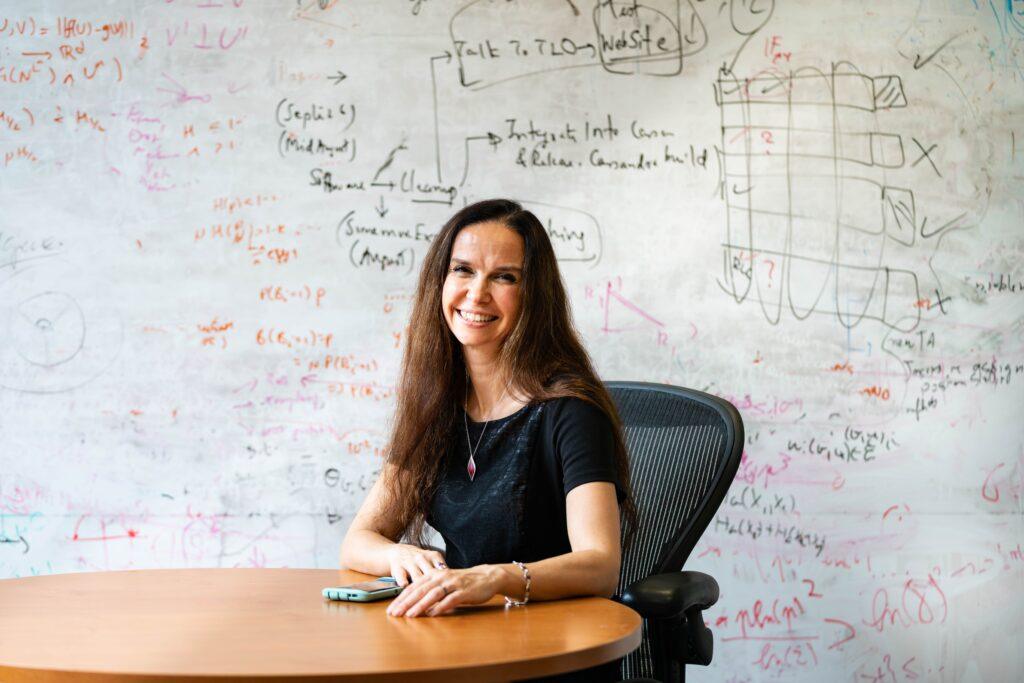Optimum, a layer of decentralized memory that improves performance for any block chain, raised a round of $ 11 million seeds, inviting its creators from institutions such as Harvard and Mit to jump from the world of the academy to the commercial crypto field.
The seed round was directed by 1kx with the participation of Robot Ventures, Finish Capital, Spartan, CMT Digital, SNZ, Triton Capital, Big Brain, CMS, Longhash, NGC, Animou, GSR, Caladan, Refore and others.
Optimum is to build what calls the missing blockchains memory layer, making the way the data is stored, accessed and propagated, faster, cheaper and truly decentralized, according to a press release.
In the core of Optimum’s innovation is a decentralized coding method for distributed systems, known as random linear network coding (RLNC), developed by Muriel Médard, a MIT professor who speaks in the Toronto 2025 consensus.
“If you think of web3 as a decentralized world computer, people have done incredible job in the computer part; say, the operating system,” Médard said in an interview. “But anyone who has gathered a computer knows that it also needs a bus, which is the spread of data, and needs a memory, which we call random access memory, instead of the most static memory such as a disc or the cloud.”
Read more: Muriel Médard: Web3 has a memory problem, and finally we have a solution
Without a layer of scalable memory, block chains face systemic inefficiencies, according to Médard, such as obsolete gossip networks that reduce data, congestion memepools that cause unpredictable delays and swollen nodes that make the recovery expensive and complex.
Optimum’s memory infrastructure addresses the propagation of inefficient data, redundant storage and slow access, using the Médard RLNC coding scheme.
Optimum is now live in a private test network and is inviting L1, L2 operators, validators and nodes to experience their decentralized memory layer in action.




